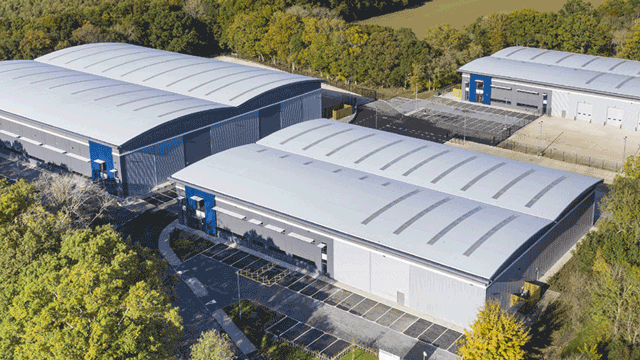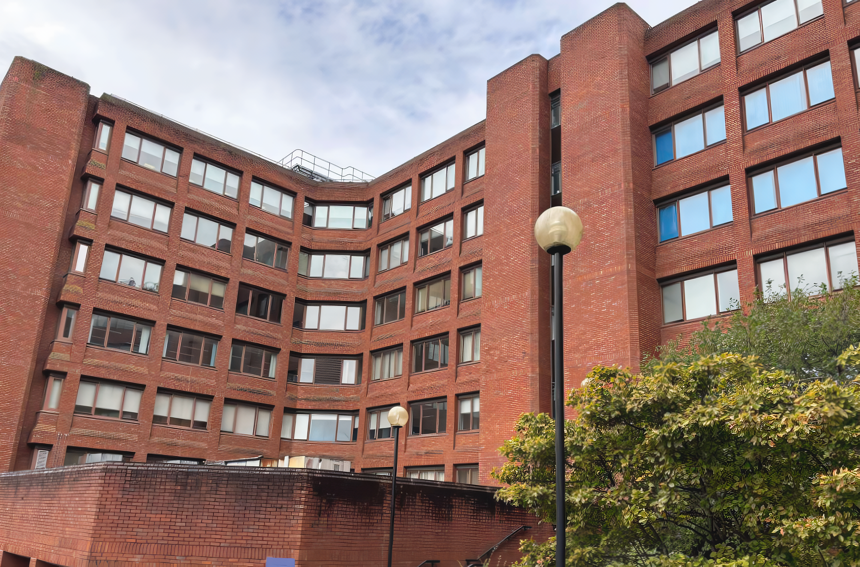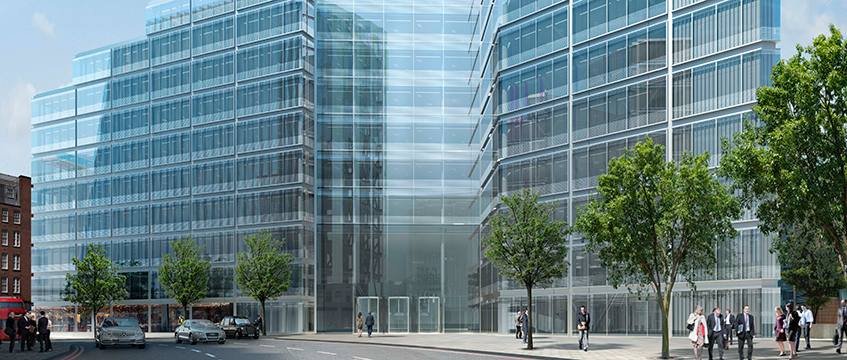After a dreary first quarter, London investment market investors and advisers predict a subdued remainder of the year with flat volumes.
Transactional costs and taxation, a lack of opportunities for reinvestment, and political concerns have prompted many property owners to hold on to their assets.
CBRE research shows a 37% drop in greater London volumes to £4.7bn, while JLL recorded a 36% fall to £4.4bn.
For central London, Savills reported a 44% collapse in investment turnover to £2.5bn compared with the same period last year. This was most acute in the West End, where Knight Frank reported a 64% drop in office sales volumes, which totalled £765m across 15 deals.
The first three months are traditionally the quietest period of the year, but investment activity has been “markedly slower”, says John Slade, partner and chairman at Evans Randall.
However, he adds that 2017 had been “unexpectedly good” after activity crashed in 2016 following the Brexit vote.
A sit-on-your-hands year
Nick Deacon, TH Real Estates’ head of European offices, is predicting “a sit-on-your-hands type of year” that will produce “really weak” volumes.
“Round-trip costs of selling and buying, with no confidence whether you can re-enter a market, is definitely a big deterrent. If you have to pay full stamp duty plus fees, that’s a 7% round-trip cost,” he says. “That is a big drag on returns if you’re already in a low-return environment.”
“That’s definitely the major factor as to why we’re seeing so little activity on the investment side.”
Rental growth is also predicted to stagnate in 2018, which could impede property sales.
“Talk to most of the leading [leasing] agents and they are expecting negligible growth this year and next year,” Slade says.
Brexit uncertainty
In addition, the uncertainty over the eventual outcome of Brexit is prompting potential vendors to wait and see what will happen.
“If you don’t have to do anything such as move or consolidate, then why do something now?” says Dan Higginson, director at Greycoat.
“There’s an argument that if people don’t have to sell because values aren’t particularly climbing or falling, they might as well wait and see. That, for me, is the biggest effect of the referendum.”
“What are you going to do with the money? You’re going to have to invest it somewhere else to get better returns. You’re going to have to invest in more risk and there are not a lot of assets with more risk around at the moment,” he adds.
Uncertainty in the market is also the result of contradictory comments from the government and the Bank of England over interest rates, according to Slade.
No lack of interested parties
In spite of this, however, there is still no lack of domestic and overseas investors looking to sink their reserves in London’s real estate market when the right opportunities are presented, even with the pound slowly creeping back from its Brexit-induced lull.
The number of bidders – in excess of a dozen – for value-add opportunity Regent’s Quarter, which was sold to Hong Kong investor Nan Fung Group for around £300m in December last year, was typical of this, Deacon says.
Even so, it is telling, say Slade and Higginson, that overseas investors are not as hungry to buy property as they were when sterling’s value was at a post-referendum low. JLL data shows that in Q1 domestic investors accounted for 55% of all transactions in the UK in the first quarter of 2018.
“There was a lot of very aggressive pricing from vendors to see if they could take advantage of the money coming in – dressing buildings up as trophy and landmark when they weren’t,” Slade says.
“People get carried away by the best deals. Going into this year, I do think people were slightly overpricing their buildings.”
Evolving market
Deacon points out that the market has already evolved.
“I don’t think we’re in a market now where people are paying above what they think the assets are fundamentally worth,” he says. “People are a little cautious.”
He adds: “Most people will admit to themselves that it’s certainly late cycle and I don’t think anybody’s in the mood to go buy the market forward. Those days are over.
“If you put an asset on the market and you quote a price, expectations have changed. You would not necessarily expect to exceed your quote, whereas two years ago you have been pretty comfortable, pretty certain, you would exceed your quote by 5-10% because there would be deep demand.
“Now there are probably fewer buyers at that quote price and people are genuinely trying to target prices agreed slightly south of quote.”
Stephen Down, head of office for London central investment at Savills, adds: “For investors to sell sensibly, they need to understand where that buying audience is and what the pricing of that audience is.
“Not everything is the Walkie Talkie or a Leadenhall Building and certainly in that sort of fit of exuberance last year a lot of investors felt that they did have the next best thing after the Walkie Talkie. Clearly they didn’t.”
The picture will become clearer in the coming weeks with a small clutch of major investment opportunities available, including Legal & General’s 50%, £345m stake in Central St Giles, W1; PSP and Tishman Speyer’s £500m Verde, SW1 (pictured); and the £300m sovereign wealth fund of Angola’s 23 Saville Row all expected to transact.
If these progress well, London property agents will be hoping other investors become more confident about putting new opportunities on the block and that the outlook will be less bleak.
To send feedback, e-mail Louise.Dransfield@egi.co.uk or tweet @DransfieldL or @estatesgazette











